
All categories
Featured selections
Trade Assurance
Buyer Central
Help Center
Get the app
Become a supplier

(935 products available)



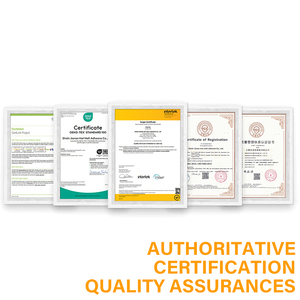
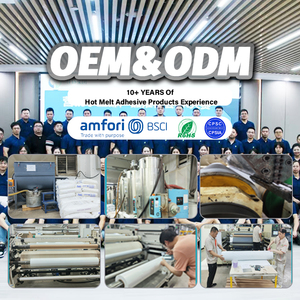


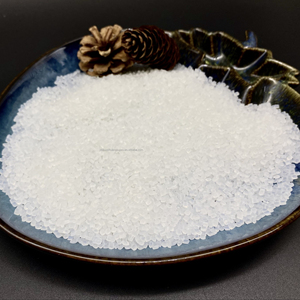




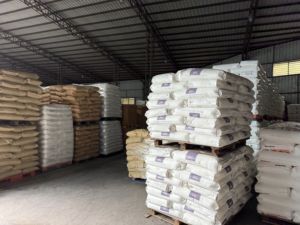

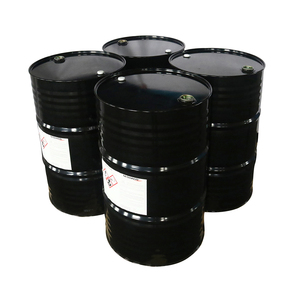
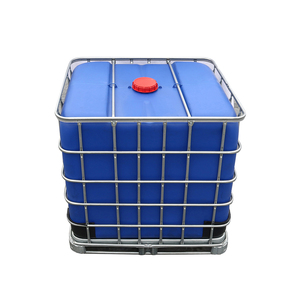


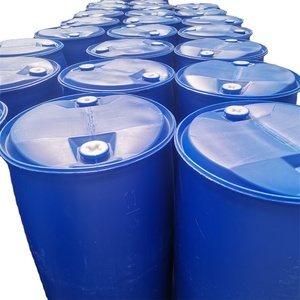







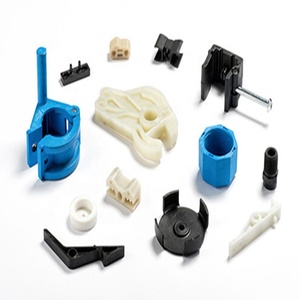


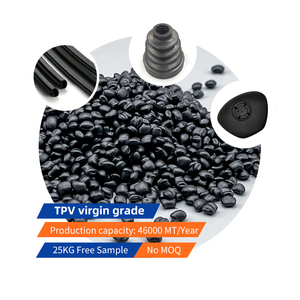


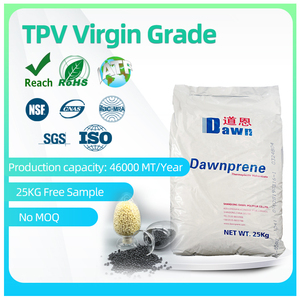





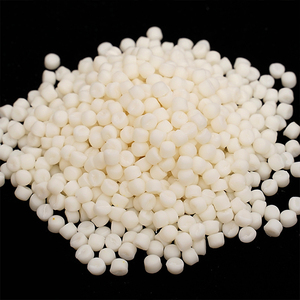

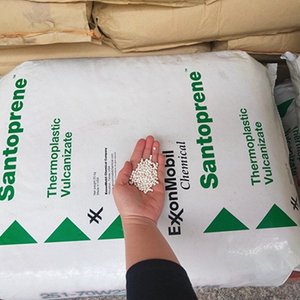


Thermoplastic vulcanizate elastomer (TPV) is manufactured in different forms, offering varying properties and benefits. These types are designed with specific applications to provide the desired performance characteristics. Here’s a look at some of the common types:
Dynamic vulcanization TPVs are produced through an in-process where the rubber phase is vulcanized during the thermoplastic processing stage. This method leads to an elastic matrix that exhibits excellent elastic recovery, UV resistance, and long-term durability. This variety is widely used in sealing systems, automotive parts, and other applications requiring long-term dimensional stability.
PP-based TPVs are known for their cost-effectiveness and lightweight features. These materials are characterized by lower heat resistance and are suitable for applications in automotive interiors, consumer goods, and other areas that require moderate temperature performance. Their fabrication is easy, as they can be processed using common thermoplastic techniques like injection and blow molding.
Silicone thermoplastic vulcanizates are known for their exceptional heat resistance. This property makes them suitable in applications exposed to extreme temperatures, e.g., automotive components near heat sources. Their elasticity and durability also make them very useful in medical devices where sterility and durability are required.
Ethylene Propylene Diene Monomer (EPDM)-based TPVs are known for their outstanding outdoor performance and resistance to ozone, UV, and weathering. These characteristics make them ideal for rubber and plastic housing components like windows and doors and automotive weather stripping. They provide long service life in applications exposed to harsh environmental conditions.
Styrene-Ethylene-Butylene-Styrene (SEBS)-based TPVs are produced to be flexible, stable thermally, and resistant to UV light. These materials are commonly used in industries where aesthetics and longevity are critical, like electronics, medical devices, and consumer products. SEBS provides a balance between good processability and completing high-performance requirements.
Thermoplastic vulcanizates possess design flexibility, durability, and ease of processing. These characteristics make TPVs suitable for various applications across multiple industries, such as:
Automotive is one of the main industries where TPVs are extensively used. These materials are employed in weather seals, gaskets, and hoses, providing a balance between elasticity and chemical resistance. In addition, TPVs for car interiors include components like door trims and gear shifters that require a soft-touch feel but are very durable. The ease of recycling of these materials also helps meet the current sustainability standards of this industry.
Durable items requiring a premium feel and easy processing in the consumer goods space use thermoplastic elastomers. Examples are grips, handles, and casings for tools and appliances. Another example is in sports equipment, where cushioning and flexibility are essential for optimal performance. In addition, automotive interiors, consumer goods, and other industries benefit from the cost effectiveness and lightweight features of PP-based TPVs.
Durability, elasticity, and resistance to sterilization chemicals are some prime requirements in the medical space. That’s why TPVs are ideal for this industry. They are mostly used in components like syringes, tubing, and seals. Silicone thermoplastic vulcanizates, known for their exceptional sterility and heat resistance, are specifically used in high-sterility areas.
TPVs' weatherability, durability, and elasticity make this material favorable in the construction industry. EPDM-based TPVs are especially popular in building applications, such as sealing systems in doors and windows. These materials provide long-term performance in outdoor situations, including exposure to UV and ozone.
The electronics sector uses TPVs as a protective covering or encasement for electronic devices. These materials are also used to make seals and gaskets in this space to keep the devices safe from water and dust. Furthermore, the UV resistance of these materials means they are suitable for items exposed to sunlight.
PP-based TPVs, dynamic vulcanization TPVs, silicone thermoplastic vulcanizates, EPDM-based TPVs, and SEBS-based TPVs are the most commonly used thermoplastic vulcanizates. Each of these TPVs possesses unique features and benefits that cater to specific requirements. Below is a detailed specification of these products:
Thermoplastic Elastomer Composition
Comprised of styrene and ethylene butylene block copolymers. It’s a versatile thermoplastic elastomer with great processability.
There are several factors buyers should consider when purchasing thermoplastic vulcanizates. Below is a detailed guide on how to choose these materials:
The chosen thermoplastic should have strong interaction with rubber domains in the TPV to ensure the desired characteristics of thermoplastic vulcanizate elastomers. In cases where thermoplastics have weaker interactions with rubber, like melt blending, immiscibility can occur, leading to phase separation that adversely affects the TPV properties. Additionally, using compatibilizers to enhance the interaction between the rubber and thermoplastic phases may be necessary. This is especially the case when polymers are incompatible. Although not a must, THVs with closely related polymer backbones are easier to work with and have greater miscibility.
Different TPV types require other processing methods. That’s why businesses dealing with various applications should source a variety of TPVs with distinct processing techniques. Dynamic vulcanization TPV, for instance, is typically prepared through melt processing methods like injection or extrusion. EPDM-based TPVs also have processing similar to that of dynamic vulcanization TPV. Silicone thermoplastic vulcanizate, on the other hand, is manufactured using methods like reaction injection molding (RIM) that are distinct from those of EPDM. This diversity in processing techniques makes it necessary to consider processing equipment and capabilities when purchasing TPV.
Buyers should also consider thermoplastic vulcanizate elastomers’ end-use temperature. Thermoplastic elastomers are designed to operate effectively in various temperature ranges. Some, like silicone TPV, can withstand extreme temperatures up to 260°C. Others, like EPDM, are better suited for outdoor applications. Businesses should purchase materials with temperature tolerance for their specific applications. For those with fluctuating temperature conditions, there’s no harm in sourcing a variety of TPVs with different temperature tolerances.
Last buyers should consider the thermoplastic vulcanizate elastomers ELV compliance status. ELV compliance is the Directive on End-of-Life Vehicles set by the European Union to minimize the environmental impact of disposed vehicles. The directive specifically targets materials and substances posing environmental and human health risks. Buyers planning to stock up on Thermoplastic Vulcanizate Elastomers intended for the automotive industry within EU member states should ensure they are ELV-compliant.
The main difference between EPDM-based TPV and SEBS-based TPV is that the former is molded using EPDM rubber. People love this rubber because of its resistance to UV light, ozone, and weathering. On the other hand, SEBS-based TPV is a thermoplastic elastomer modified using hydrogenated styrene-butadiene block copolymers. This material enjoys exceptional elasticity, thermoplastic processability, and superior resistance to UV light.
TPV producers incorporate compatibilizers into the production process for two main reasons. The first is to improve the interaction between the thermoplastic and rubber phases. This improvement helps create a more homogeneous material that leverages the benefits of both components. The second reason for adding compatibilizers is to enhance the mechanical properties of TPV. Compatibilizers improve tensile strength, elongation, and compression set by forming a stable interface between the two phases and can potentially confer an increase in thermal stability.
Manufactures produce thermoplastic elastomers by performing melt processing methods, including injection and blow molding. These methods allow effective blending of the rubber and thermoplastic phases, thus ensuring the materials' desired properties are achieved. Epdm-based thermoplastic elastomers are the most versatile during manufacturing.